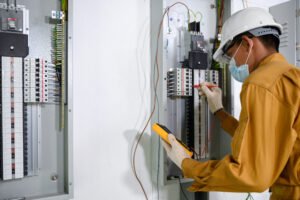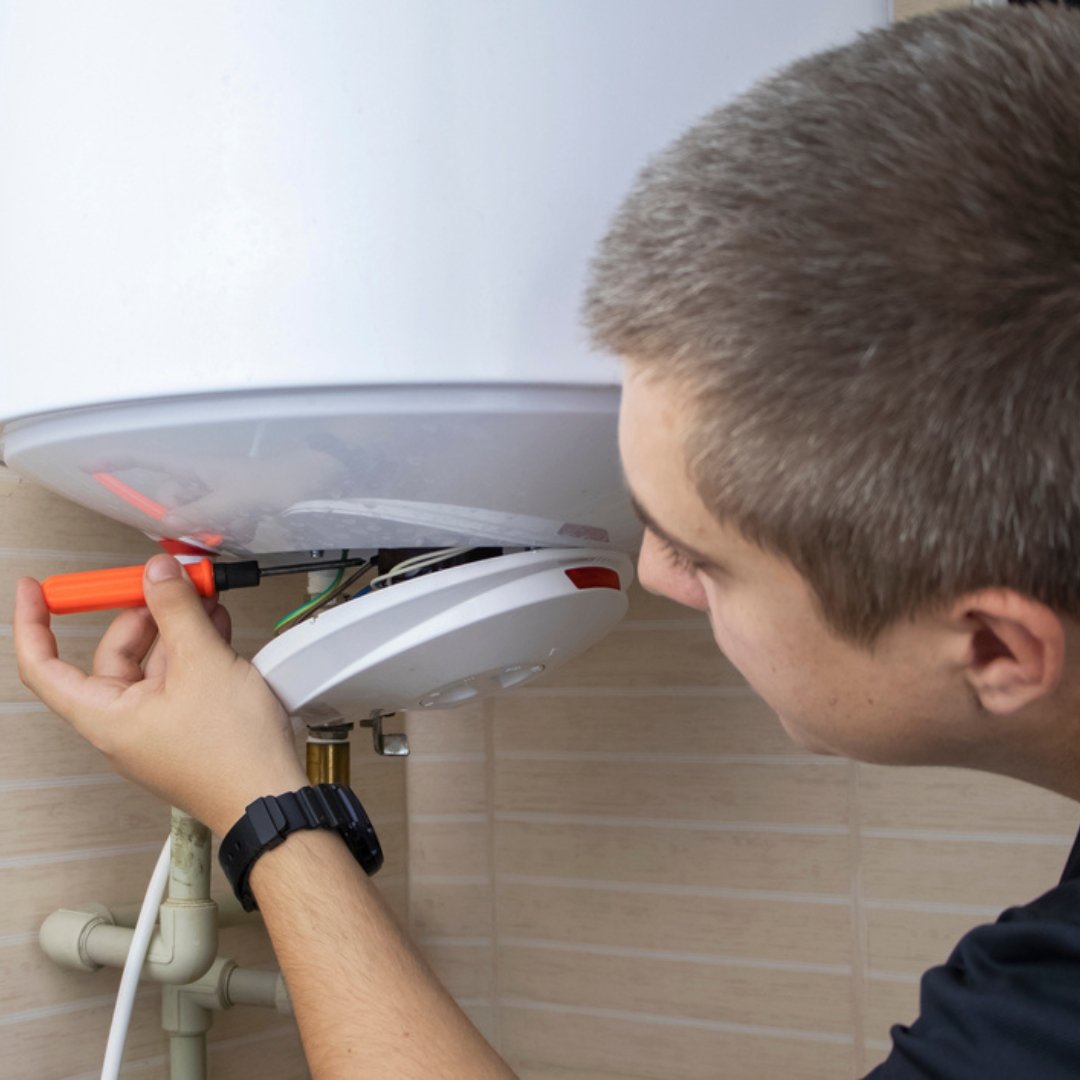How Schools Can Teach Children About Electrical Safety
Electricity powers our daily lives, but it can also pose serious risks if not handled with care. Children are naturally curious, which makes them more vulnerable to electrical hazards. Schools play a vital role in shaping awareness from a young age by teaching children how to stay safe around electricity. By making electrical safety part of everyday learning, schools can help build a foundation of knowledge that protects students at home, in classrooms, and beyond. To Know More Click Here
Why Electrical Safety Education Matters
Many accidents involving electricity occur because children do not fully understand the dangers. Simple actions, like inserting objects into sockets, touching damaged wires, or mixing water with electrical appliances, can cause injuries. By teaching safety early, schools can prevent accidents and instill responsible habits that last a lifetime.

Practical Ways Schools Can Teach Electrical Safety
1. Interactive Lessons and Demonstrations
Teachers can use simple experiments and visual demonstrations to explain how electricity works and why it must be respected. For example, showing how insulated wires protect us can make the concept easier to grasp.
2. Classroom Rules and Reminders
Posting safety posters near switches, computer stations, and science labs reinforces important messages like “Don’t touch with wet hands” or “Turn off before plugging out.” Repeated exposure helps children remember.
3. Storytelling and Role Play
Stories and role-play scenarios can make learning fun and engaging. Children can act out what to do if they see a spark, damaged cord, or fallen power line.
4. Hands-On Projects
Simple DIY projects, like making circuit boards under teacher supervision, help children learn safe practices while satisfying their curiosity. This builds both confidence and caution. To Know More Click Here

5. Collaborations with Experts
Inviting electricians, engineers, or safety officers to give workshops brings real-world insights. Children often listen more attentively to experts sharing true stories and tips.
6. Integration with Science Curriculum
Instead of treating safety as a one-time lecture, schools can weave it into physics and general science lessons, making it a natural part of education.
7. Emergency Preparedness Drills
Just like fire drills, schools can conduct safety drills for electrical emergencies—such as what to do during power outages or if someone gets an electric shock.
Encouraging Safety at Home Too
Schools can also encourage children to share safety lessons with their families. Simple assignments, like checking for damaged cords at home or making a “safety checklist,” strengthen the habit of awareness outside the classroom. To Know More Click Here

Conclusion
Electrical safety education is not just about preventing accidents—it is about empowering children with knowledge that protects them for life. By combining fun, interactive learning with practical rules and real-world awareness, schools can ensure children understand the importance of respecting electricity. After all, safe habits formed in classrooms today can save lives tomorrow.
SafeTag – Your Safety Partner in New Zealand
Ensure workplace safety and compliance with SafeTag’s professional testing services. We offer certified solutions for Electrical Testing & Tagging, RCD Testing, Microwave Leakage Testing, and Portable Appliance Testing (PAT). Trust our experts for hassle-free, on-site service tailored to your business needs.




